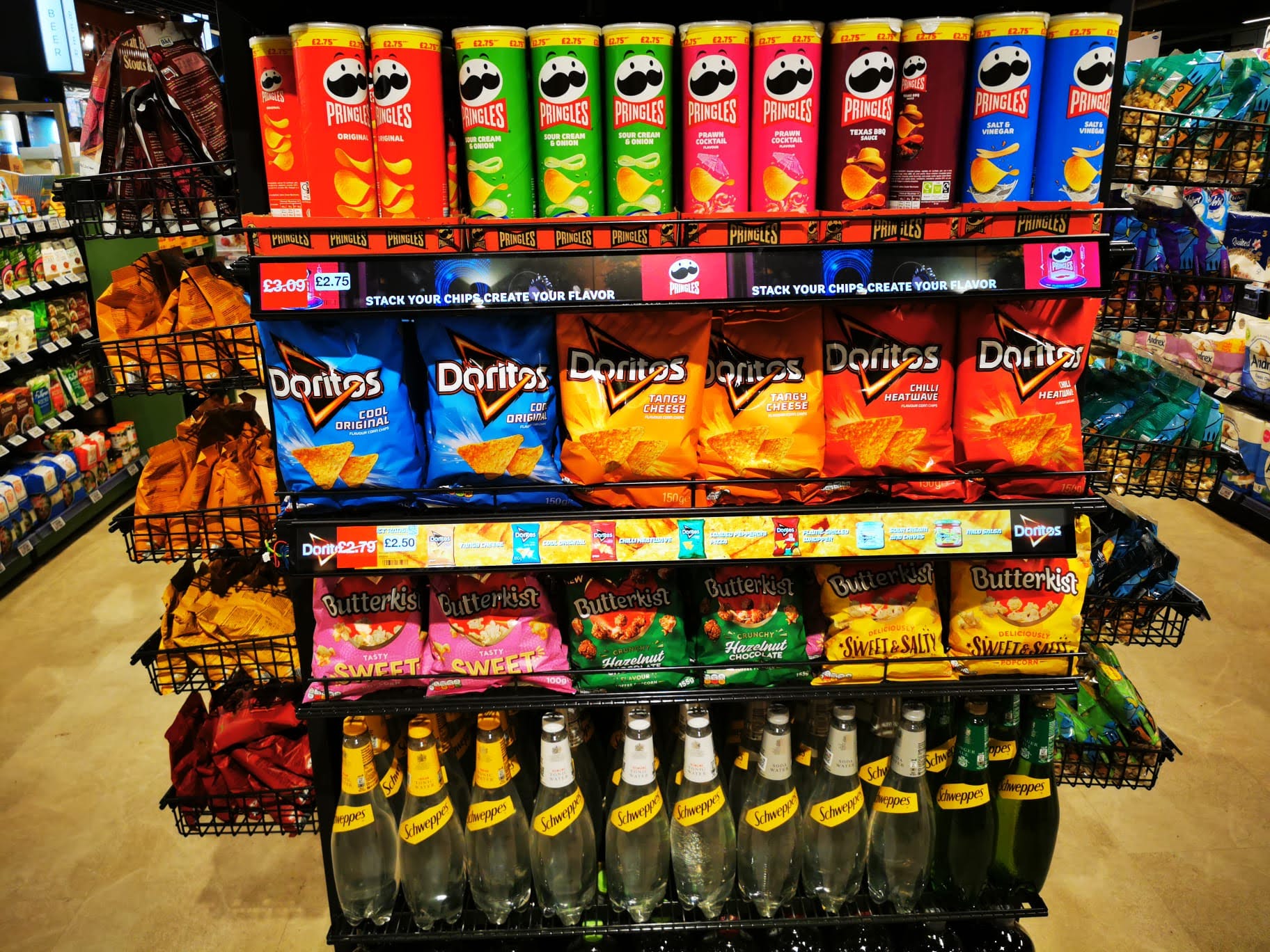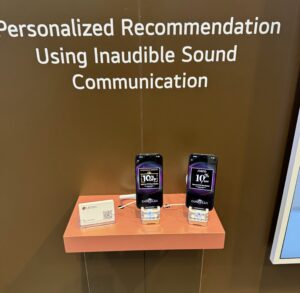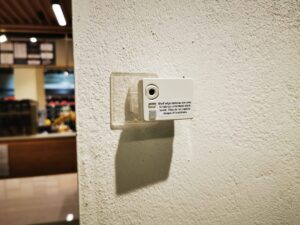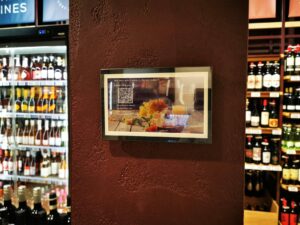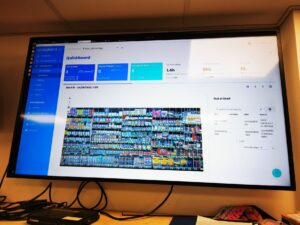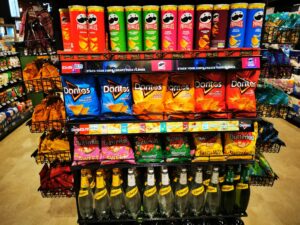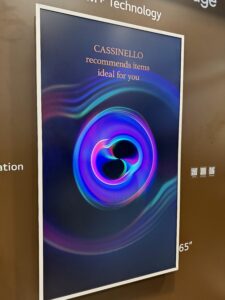I recently attended Integrated Systems Europe (ISE) in Barcelona this past Jan. 31-Feb. 2, the annual audiovisual show where more than 1400 exhibitors and roughly 73,891 attendees from 162 countries explore. Exhibitors offered virtually everything from screens and lighting to staging and tech for offices and smart buildings. For me, the key area to browse was digital signage for retail – and as usual, the show didn’t disappoint.
I was particularly struck by LG’s latest offering, which uses ultrasonic signaling to link the company’s digital signage to a retailer’s branded app on the shopper’s phone. The in-store signage can then suggest, for example, a range of blazers to one customer and a range of shoes to the next. This sidesteps the need for shoppers to connect to Wi-Fi or scan a QR code, removing a significant barrier to adoption.

I strongly believe retail stores should actively and dynamically respond to a consumer’s interests and needs and offer suggestions based on previous interactions with the brand. The core challenge has always been ensuring the system knows the consumer and their readiness to have that conversation. LG has begun solving that problem.
Still, the next step – using this kind of technology in a store – isn’t as straightforward. Should in-store displays show personalized suggestions to nearby shoppers, or does that raise privacy concerns? Should they push suggestions to the user’s app instead, or does that eliminate the benefits of dynamic displays? The uncertainty regarding use case is a common issue these days with retail tech.
Use Case First, Tech Second
The key challenge for retailers isn’t developing good technology. If a retailer can find a problem and think of a solution, the technology to activate a solution already exists. The real challenge lies in making the best possible use of tech to solve the problems of a consumer. Too often, retailers do the reverse, simply deploying technology in search of a problem.
Advertisement
We’ve architected service out of our retail models, turning to technology to compensate for the lack of salespeople in our stores – but too many retailers implement the latest tech without building a program to ensure tangible results.
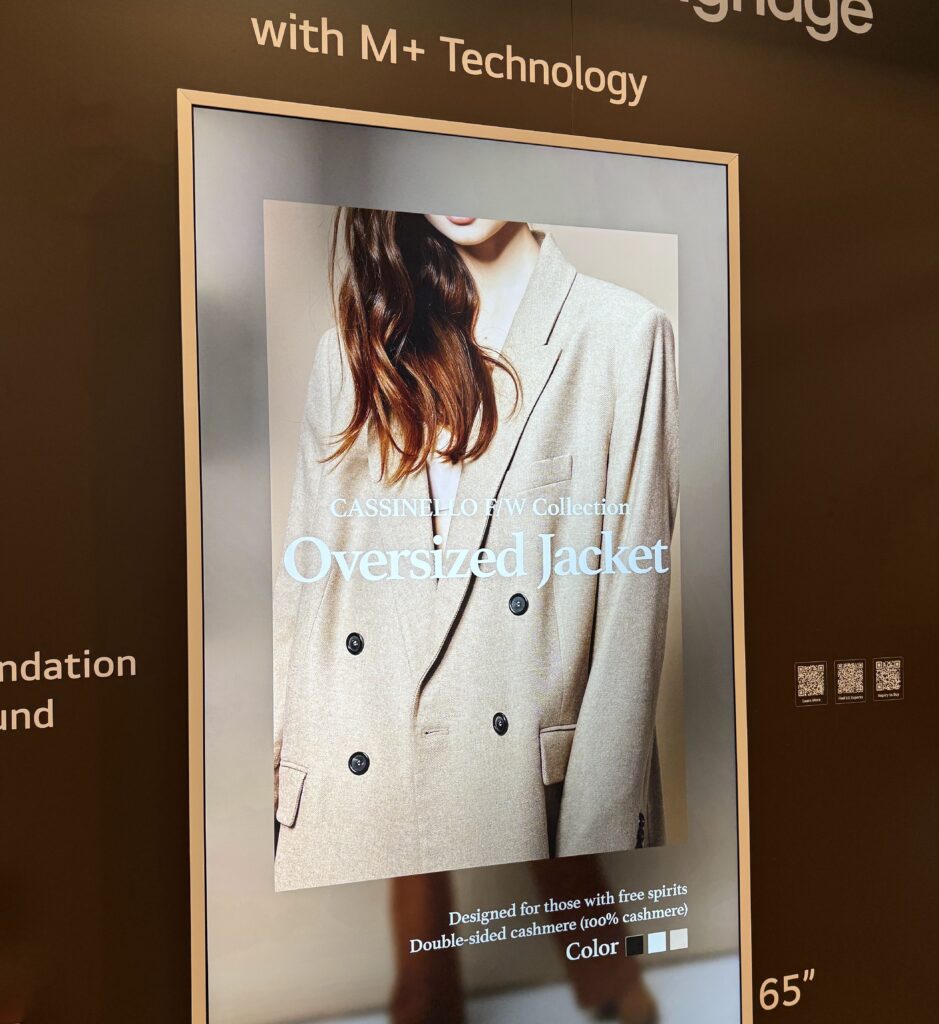
Instead of starting with the technology, start with the journey, the service and the environment a retailer wants to create.
If a retailer wants to identify customers as they enter a store, there are ways to do that, just as there are ways to have personal conversations with customers through apps. The tools are there. The technology exists as long as a retailer is clear about what it wants to do and doesn’t simply buy the latest, trendiest tech.
The journey to truly robust retail in the 21st century doesn’t start with technology – it starts at the customer touchpoint and builds from there.
Optimizing the Grocery Store
The U.K.-based grocery chain Kavanagh’s uses electronic shelf labels in its Belsize Park store to automate pricing and promotions. In the wine section, shoppers can scan a QR code to download a mobile app to search for wines they’re looking for – and when they touch the name of a wine in the app, the price tag on the store shelf lights up to help them find the bottle.
Advertisement
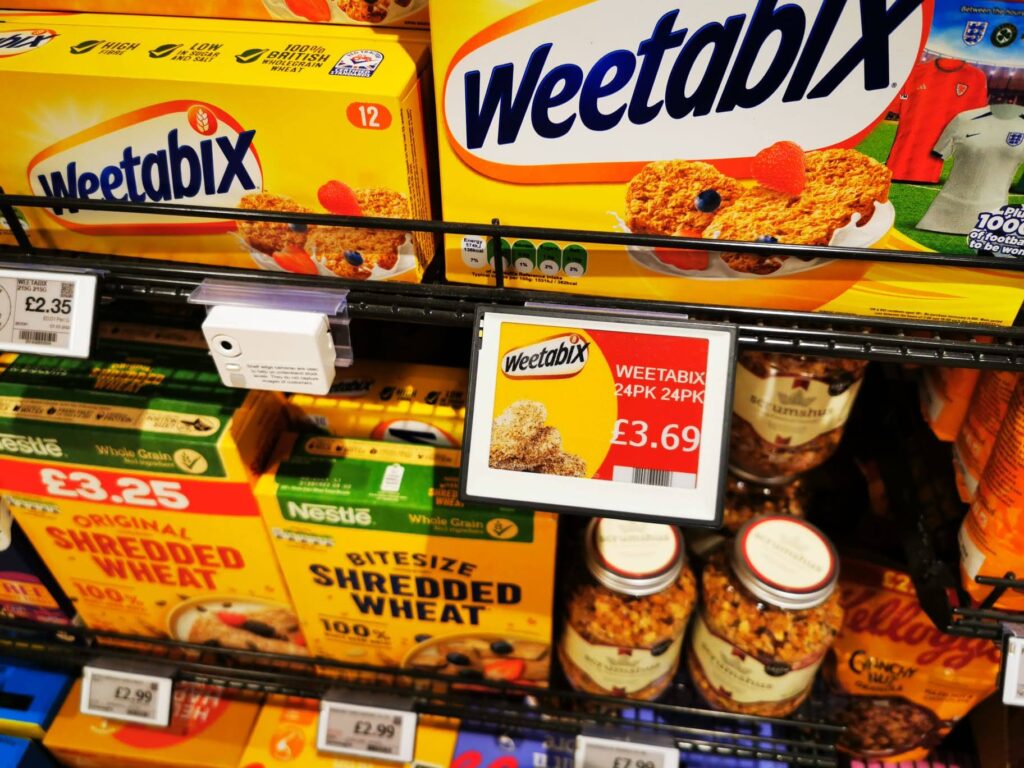
It’s a way to help customers search the store inventory, and it saves time otherwise spent updating paper price tags – but it feels like a missed opportunity.
If a company encourages shoppers to use a branded app in the store, why not enable much more than a simple inventory search? Why not suggest wine pairings with a selected cheese, then light up those price tags? Or offer a range of recipes, then illuminate the price tags for the ingredients? Or use AI to have a natural-language conversation about meal preferences, then suggest recipes and lead them to each ingredient?
The most basic principle in retail is that to increase a basket size, shoppers need reasons to explore other parts of the store. Kavanagh’s has the technology, but for now, at least, they’re not taking advantage of that opportunity. Rather than focusing on the customer journey – of which one step might be a light-up price tag – they’re just using the tags for a basic improvement in efficiency.
Improving the Customer Experience
I’ve also spent the past few weeks working with the new Apple Vision Pro, and my thoughts on Apple’s new goggles, and what they can do for retailers, will appear in an upcoming blog. They show real promise (and reliance on my firm eyebrows), but any implementation has to start with a clear focus on the aspect of the customer journey that a retailer is attempting to enable.
We’re no longer at a point where we have to focus on developing new retail tech – we’re at a point where it’s crucial to focus instead on applying the right technology, in the right way, to a key business problem. Adapting and integrating technology has never been easier to do than it is today. The challenge now is to make the best possible use of that technology to optimize the customer experience.
Advertisement
Photography: Andy Austin

 Headlines1 week ago
Headlines1 week ago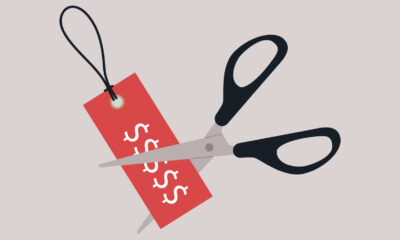
 Headlines1 week ago
Headlines1 week ago
 Headlines1 week ago
Headlines1 week ago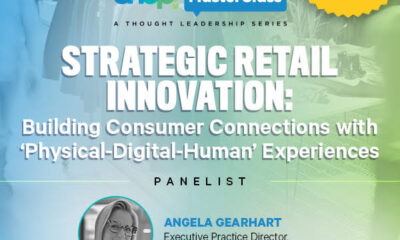
 Headlines2 weeks ago
Headlines2 weeks ago
 Headlines2 weeks ago
Headlines2 weeks ago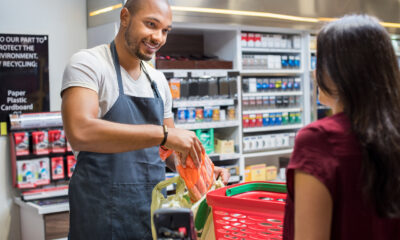
 Headlines2 weeks ago
Headlines2 weeks ago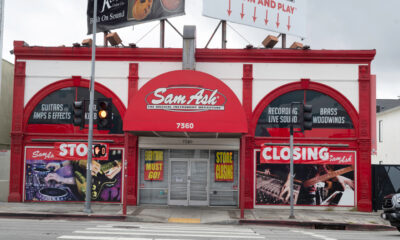
 Headlines1 week ago
Headlines1 week ago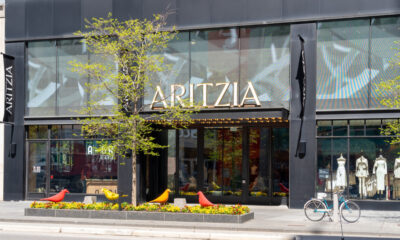
 Headlines1 week ago
Headlines1 week ago
